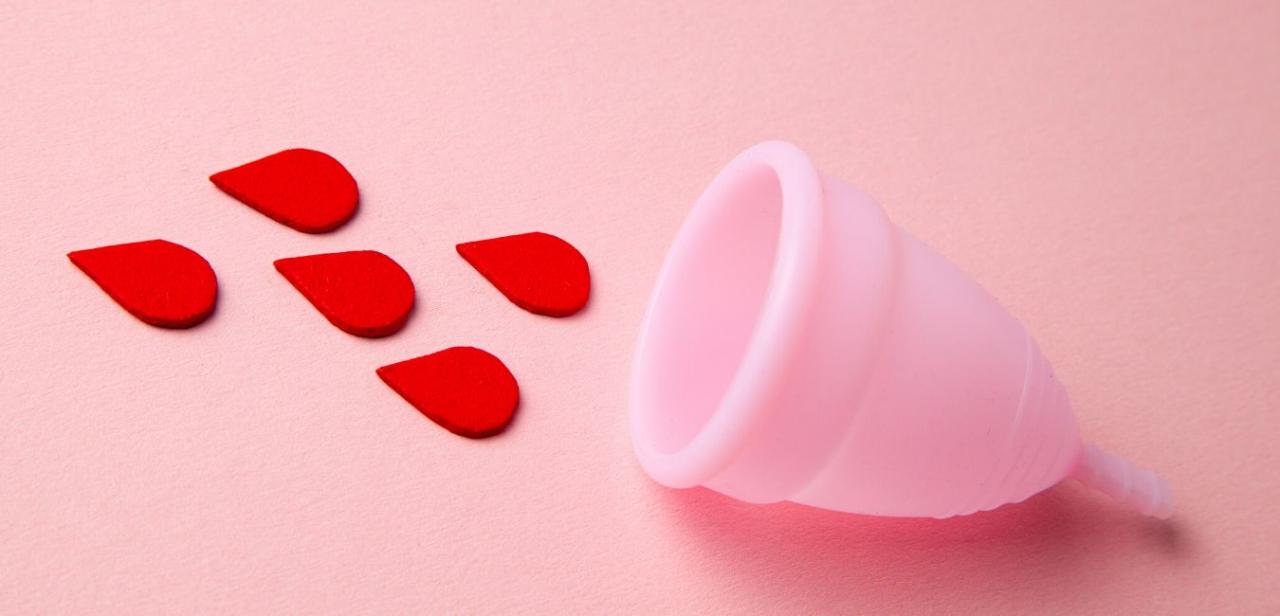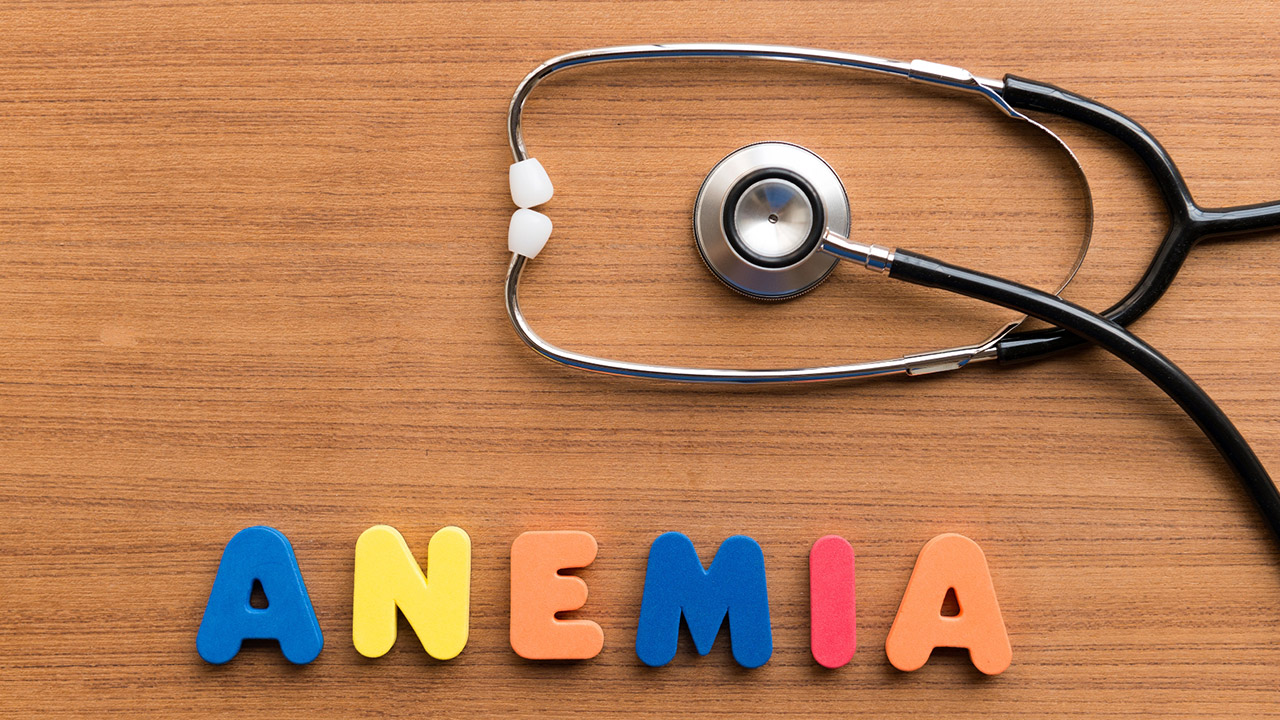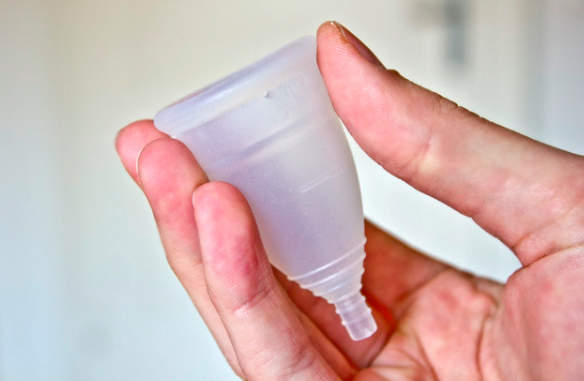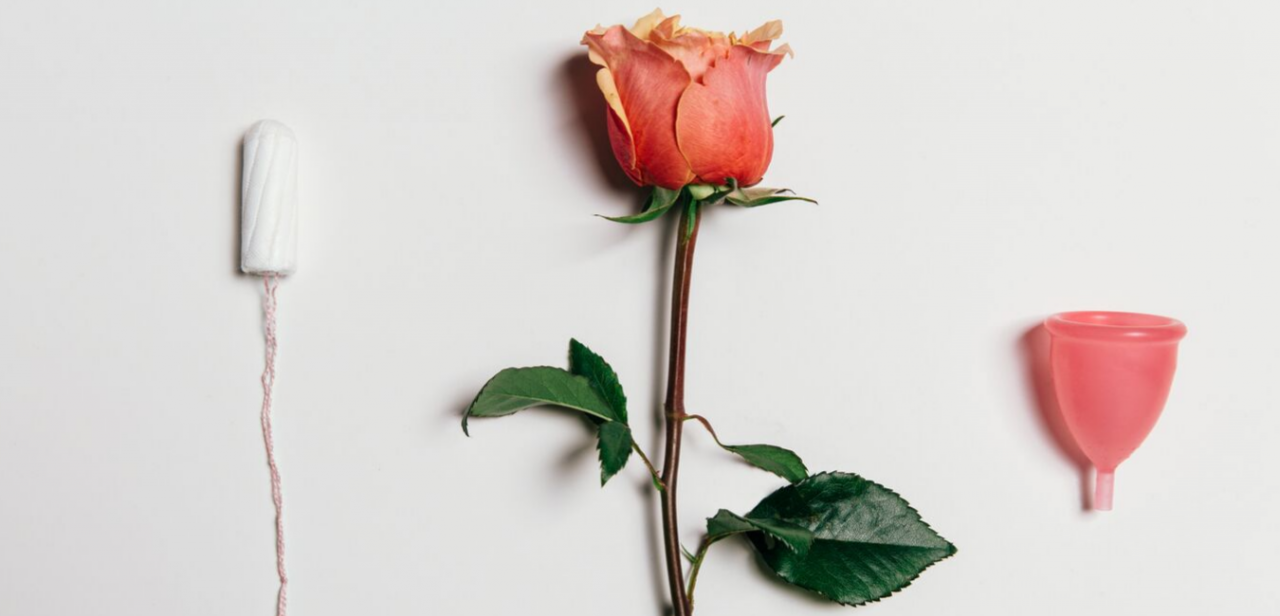From puberty through menopause, women of every size, class, and color all over the world bleed from their uteri for days on end. Amenorrhoea and pregnancy aside, women's bodies everywhere universally undergo the same internal process.
Currently, the prescribed, modern alternatives to catching the flow are what outrageously burst off the shelves of supermarkets: these cotton wads, coated in spring-y pastel plastics, cutely shrink-wrapped in "feminine" flowers, polka-dots and dipped in vats of perfume in order to mask the reality that must be--to primarily male product developers and advertisers--simply horrendous.
Disposable feminine hygiene products are designed to be one-use for a reason. It's quicker, it's easier, and it's money-making. But the trade-offs are many.
First, it confers a sense of disgust about menstruation onto women, distancing us from the mystery and power of being a woman, a being capable of giving birth, which is truly what our periods biologically signify. Shouldn't this idea bring us joy, rather than a sense of being cursed?
Second, this cultural attitude of shame surrounding menstruation, combined with our modern throw-away culture, has produced nothing less than small-scale environmental disaster. Imagine: landfills overflowing with bloody rags, soaked tampons and their little tubular plastic applicators and, to coin the adjectival phrase from ad-speak, "bulky" cotton pads.
Lastly, for those of us using tampons, we should all be aware of the noted health risk. The bleaching process required to treat the pristine, absorbent cotton-rayon used to make most common brands of tampons produces a trace amount of the toxic byproduct, dioxin, which countless studies have shown increases the risk of Toxic Shock Syndrome (TSS). Why do we as women continue to knowingly and willingly expose our bodies to deadly toxin? Why did I have to rationalize away that fear that gripped me as a 13-year-old girl who wanted to go swimming one summer day, after reading the enclosed TSS warning pamphlet?
Thankfully, the uncomfortable days of the menstrual belt are dead and gone now. As are the days of the tit-mousy Victorian sweating and moaning into a sea of rags on a bed stacked a foot high with quilts, while hubby silently fumed about the study, wondering why God would create such an abomination. A revolutionary, new development has come on the market that warp-speeds past all of the above: the menstrual cup, developed by and for women.
There are two stand-bys out there now: The DivaCup (http://www.divacup.com) and Keeper Reusable Menstrual Cup (http://www.thekeeper.com). Inserted as easily into the vaginal canal as a tampon or a diaphragm, the cup is not only toxin- and additive-free (made respectively from latex-free silicone or natural gum rubber), it's completely reusable. Which means it's kind to both the environment and your wallet that for the past x number of years has been dishing out wads of dough for wads of cotton, in order to bleed upon them in varying degrees: light, regular, super, or super plus?
According to the DivaCup site page, "Women, on average, experience a lifetime menstruation span of 41 years (11-52). From use of disposable feminine hygiene, an estimated 12 billion sanitary pads and 7 billion tampons are dumped into the North American environment each year (1998). More than 170,000 tampon applicators were collected along U.S. coastal areas between 1998 and 1999. Our revolutionary, reusable product is a modern, viable alternative to disposable tampons and pads." (http://www.divacup.com/en/home/the_environment/)
The menstrual cup so simply and swiftly cures the problems inherent to other feminine hygiene products of the past, it baffles me that history took this long.





Add a Comment3 Comments
Menstrual cups are hardly a new invention, and have been around for decades. With the advent of medical grade silicone, and the realization that "disposable" items don't simply vanish, menstrual cups have come in to their own.
June 30, 2010 - 11:25amThis Comment
This is great information. Thanks for writing it!
Visit http://www.divacup.com for more information about menstrual cups!
December 17, 2009 - 12:16pmThis Comment
This is so interesting! I have never heard of a menstrual cup, and went to the website.
It looks similar to the vaginal ring (contraceptive), where you fold it and insert with your finger. It is made of silicone (I think?)...I kept getting a picture of a hard plastic cup for some reason...
I may actually try it--it is sold in some popular natural/health food stores locally. It is a good idea to save the environment, and if it feels the same way as a tampon feels (can't feel it at all), then it doesn't seem to be any difference.
You can use it up to 12 hours at a time, and overnight, so I would be able to insert and wash it in the privacy of my own home. It is FDA-regulated, and there is no association between using this and any infections. It actually sounds safer than tampons w/o all of the perfumes and chemicals.
Thanks for the great information!!
May 17, 2009 - 7:07pmThis Comment